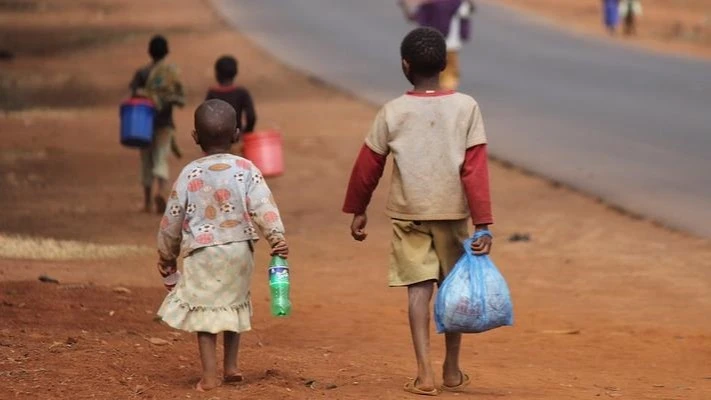Z’bar pupils’ malnutrition levels: Study raises issues

ALARMING levels of stunting and thinness among adolescents in Zanzibar are being noticed, an emerging health crisis shaped by a complex interplay of biological, social and economic factors.
Erick Killel, a young public health researcher enrolled in a joint masters’ programme linking Ifa-kara Health Institute and the Nelson Mandela African Institution of Science and Technology (NM-AIST) conducted the study, supervised by Dr Ester Elisaria along with Dr Haikael Martin and Dr Geofrey Mchau of NM-AIST.
An overview of the study appeals to policymakers, educators and development partners to invest in adolescent nutrition through integrated policies that promote school-based nutrition education, ac-cess to fortified foods, regular health screenings and gender-sensitive interventions.
It also call for more research into how physical activity, cultural norms and media influence adoles-cent dietary behaviors, affirming that the study highlights the scale of the problem but also offers a roadmap for action.
“With the right strategies, we can reverse these trends and ensure that all adolescents—regardless of background—can grow, thrive and lead healthy lives,” it stated.
The findings have prompted calls for immediate, targeted interventions and stronger nutrition poli-cies to safeguard the health and development of school age groups in the islands.
Published in the Bulletin of the National Research Centre, the study analyzed data from the 2022 Zanzibar School Health and Nutrition Survey (ZSHNS), covering 1,772 adolescents aged 10 to 19.
Researchers found that up to 11.8 percent of adolescents were stunted—indicating chronic under nutrition—while 5.5percent were classified as thin, based on their body mass index (BMI).
Younger adolescents, aged 10 to 14, were significantly more vulnerable to both stunting and thin-ness than those aged 15–19, the summary indicated, noting that this increased risk was linked to heightened nutritional demands during early adolescence and greater dependence on caregivers for adequate dietary intake.
Gender disparities also emerged, as boys were more likely to be thin while girls were more suscep-tible to stunting, a feature explained in terms of energy requirements.
Other factors for the disparity are physical activity levels and household food distribution patterns, which tends to be in favour of boys, on the basis of the findings.
“These findings underscore the multifactorial nature of malnutrition in Zanzibar,” the lead author noted, pointing at age, sex, geography and household income as all playing critical roles, demand-ing customized, context-specific solutions.
The prevalence of anemia, a state of iron deficiency, was a strongly associated risk factors, where adolescents suffering from anemia were significantly more likely to experience both stunting and thinness, the study underlines.
The condition impairs cellular and tissue growth, making it particularly detrimental during adoles-cence, it affirms, pointing at stark geographical disparities. Adolescents living in rural districts es-pecially Zanzibar South were more likely to be stunted or thin compared to those in urban areas, it affirms.
Contributing factors included limited access to healthcare, fewer dietary options and lower levels of nutrition education, the lead author intoned, asserting that rural adolescents often face greater struc-tural barriers, including food insecurity and inadequate health services.
“Addressing these inequalities is essential to combating adolescent malnutrition,” the researcher emphasized, highlighting a surprising twist that adolescents from middle-income families were found to be more likely to be stunted than those from lower-income households.
“Thinness was also more prevalent among adolescents from wealthier families,” he stated, under-lining that these findings challenge the conventional belief that under-nutrition is primarily a conse-quence of poverty.
Researchers suggest that adolescents in more affluent households may consume more processed, nutrient-poor foods and may also be influenced by social and media-driven body image ideals that promote thinness.
“These results challenge the assumption that greater wealth guarantees better health,” he stressed, arguing that as families transition to more urban lifestyles, they may unknowingly introduce new nutritional risks to adolescents.
Dietary diversity emerged as a key protective factor against malnutrition, as adolescents with a die-tary diversity score (DDS) above 4—indicating consumption of at least five food groups—were significantly less likely to be stunted or thin.
“Improving dietary diversity in adolescents is not just beneficial—it’s essential,” they said, advocat-ing for initiatives such as school feeding programmes that include fruits, vegetables, legumes and proteins could make a meaningful impact.
Top Headlines
© 2025 IPPMEDIA.COM. ALL RIGHTS RESERVED






















